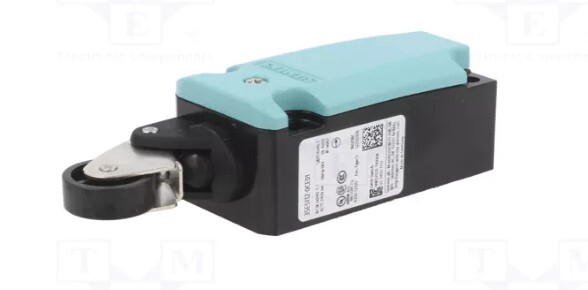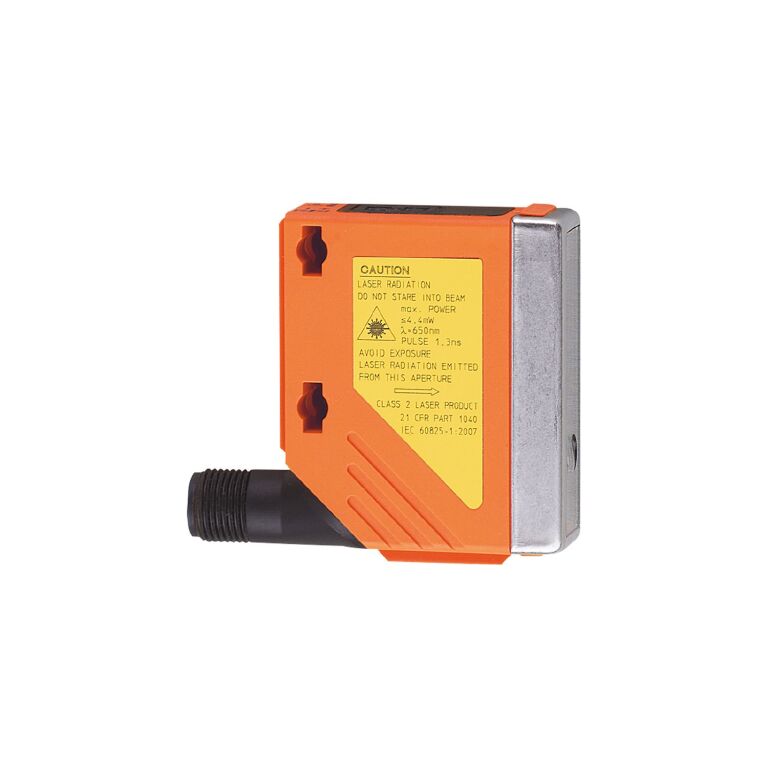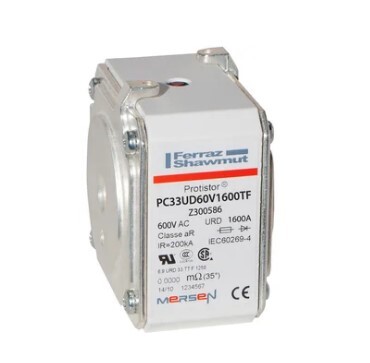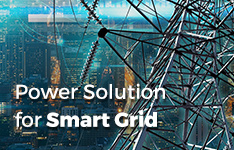
بررسی چالشها و فرصتهای شبکههای برق هوشمند (Smart Grids)
Challenges and Opportunities of Smart Grids
*تمام حقوق این مقاله برای سازه گستر پایتخت محفوظ است
چکیده
شبکههای برق هوشمند به عنوان یک راهکار نوین برای بهبود کارایی، کاهش هزینهها و افزایش قابلیت اطمینان در سیستمهای توزیع و انتقال برق مطرح شدهاند. این مقاله به بررسی چالشها و فرصتهای موجود در این حوزه میپردازد و راهکارهای ممکن برای بهبود عملکرد این شبکهها را ارائه میدهد.
شما می توانید برای خرید و اطلاع از قیمت انواع تجهیزاتهوشمند یازی شبکه های برق مورد نیاز خود از طریق مشاوره با کارشناسان سازه گستر پایتخت اقدام نمایید.
گروه سازه گستر پایتخت با تکیه بر بیش از 20 سال تجربه و فعالیت به عنوان تامین کننده تجهیزات و ملزومات صنعت برق کشور ( الکتریکال - مکانیکال - ابزار دقیق ) با افتخار آماده خدمت رسانی به فعالان صنعت برق و صاحبان صنایع می باشد.
شماره تماس : 32 20 17 66 - 021
پست الکترونیک: info@sazehgostarsgp.com
نشانی: تهران، میدان فردوسی، کوچه گلپرور، پلاک 20، واحد 25
مقدمه
شبکههای برق هوشمند به عنوان زیرساختی پیشرفته، توانایی مانیتورینگ، کنترل و مدیریت بهینه منابع انرژی را فراهم میآورند. این مقاله به بررسی چالشها و فرصتهای این شبکهها میپردازد و به تحلیل نقش آنها در توسعه پایدار انرژی میپردازد.
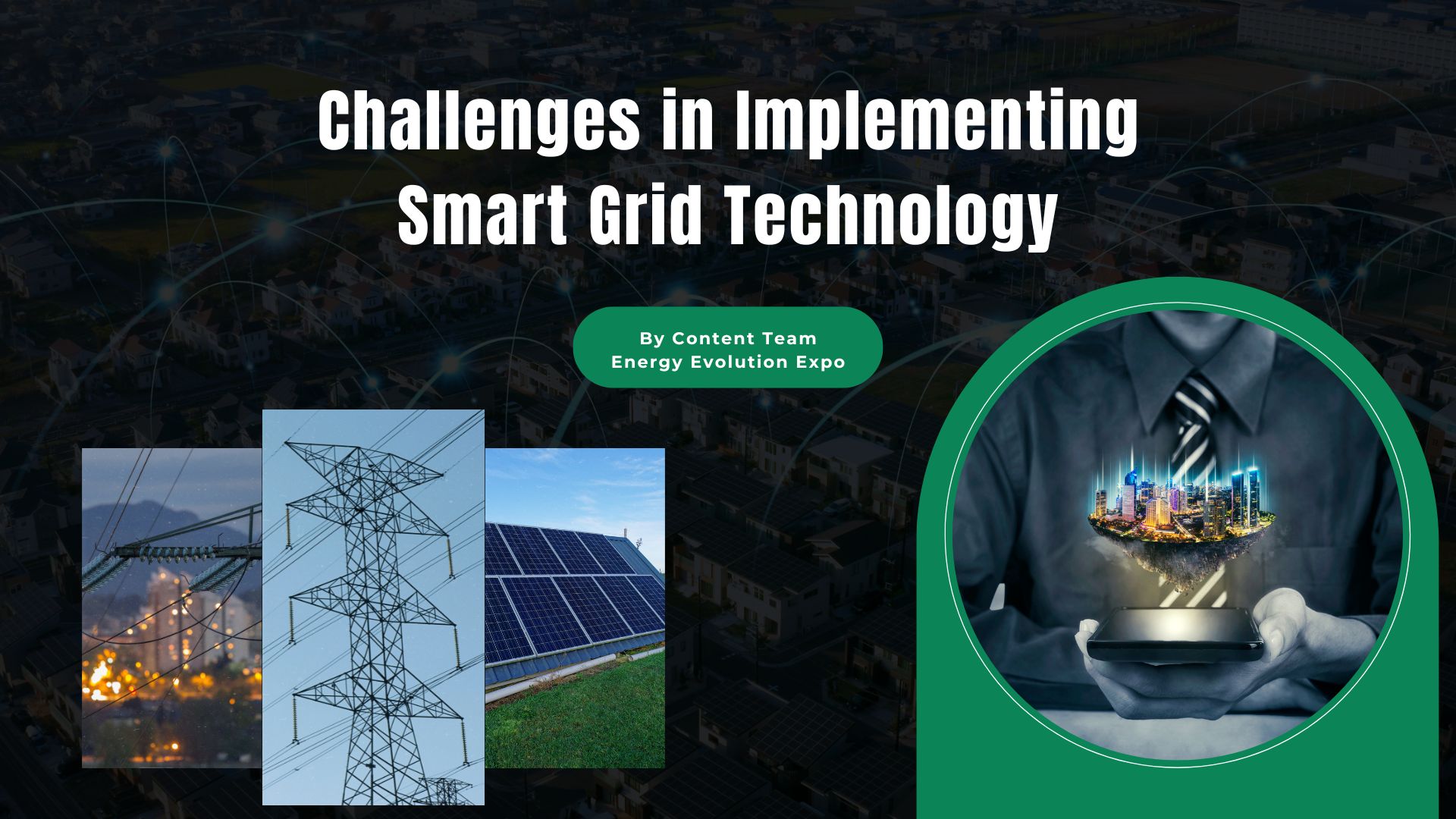
شبکههای برق هوشمند: تعریف و ویژگیها
شبکههای برق هوشمند، سیستمهایی هستند که با استفاده از فناوریهای دیجیتال و ارتباطی، قابلیت جمعآوری و تحلیل دادهها را دارند. ویژگیهای اصلی آنها شامل:
مدیریت دوطرفه انرژی: امکان ارتباط بین مصرفکنندگان و تولیدکنندگان برق.
قابلیت مانیتورینگ و کنترل: استفاده از سنسورها و نرمافزارهای پیشرفته برای نظارت بر وضعیت شبکه.
انعطافپذیری: توانایی پاسخ به تغییرات بار و تولید انرژی.
چالشهای شبکههای برق هوشمند
امنیت سایبری
شرح: افزایش نقاط دسترسی به شبکه، خطر حملات سایبری را افزایش میدهد.
زیرمجموعهها:
حملات DDoS: حملات توزیعشده برای مختل کردن خدمات.
نفوذ به سیستمهای کنترل: تهدید به سیستمهای SCADA و تجهیزات کنترلی.
حفاظت از دادهها: نیاز به رمزگذاری و پروتکلهای امنیتی.
نمونه موردی: حمله به شبکه برق اوکراین در سال ۲۰۱۵ که منجر به قطع برق گسترده شد.
هزینههای بالا
شرح: سرمایهگذاری اولیه برای پیادهسازی شبکههای هوشمند بسیار بالا است.
زیرمجموعهها:
هزینه زیرساخت: نیاز به نوسازی و بهروزرسانی تجهیزات.
هزینه فناوری اطلاعات: سرمایهگذاری در نرمافزارها و سختافزارهای جدید.
هزینه آموزش: نیاز به آموزش نیروی انسانی.
نمونه موردی: پروژه Smart Grid در کالیفرنیا که نیاز به سرمایهگذاری چند میلیارد دلاری داشت.
مدیریت دادهها
شرح: حجم بالای دادههای تولیدی نیاز به سیستمهای مدیریت داده پیشرفته دارد.
زیرمجموعهها:
تحلیل دادههای بزرگ: استفاده از الگوریتمهای پیچیده برای پردازش دادهها.
حفظ حریم خصوصی: چالشهای مربوط به دادههای مصرفکنندگان.
ذخیرهسازی دادهها: نیاز به تجهیزات و نرمافزارهای ذخیرهسازی.
نمونه موردی: استفاده از فناوری Big Data در شبکههای برق هوشمند در شهرهای بزرگ مانند نیویورک.
یکپارچگی
شرح: ادغام فناوریهای جدید با زیرساختهای قدیمی میتواند چالشبرانگیز باشد.
زیرمجموعهها:
سازگاری تجهیزات: مشکلات سازگاری بین تجهیزات قدیمی و جدید.
توسعه زیرساخت: نیاز به برنامهریزی دقیق برای نوسازی.
آموزش و پذیرش: مقاومت کارکنان در برابر تغییرات.
نمونه موردی: پروژههای یکپارچگی در اروپا که با چالشهای زیادی در ارتقای زیرساختها مواجه بودند.
قوانین و مقررات
شرح: عدم وجود قوانین و استانداردهای مشخص میتواند مانع از توسعه و پذیرش شبکههای هوشمند شود.
زیرمجموعهها:
عدم هماهنگی بین نهادها: چالشهای مربوط به هماهنگی میان سازمانهای مختلف.
قوانین ناپایدار: تغییرات مکرر در قوانین میتواند پیشبینیپذیری را کاهش دهد.
مقررات زیستمحیطی: نیاز به رعایت استانداردهای زیستمحیطی.
نمونه موردی: اختلافات قانونی در پروژههای انرژی تجدیدپذیر در آمریکا.
مشاهده محصول :
دیتالاگر لوکس پراب جدا + بلوتوث دار برند شاوین ارنوکس CA 1110
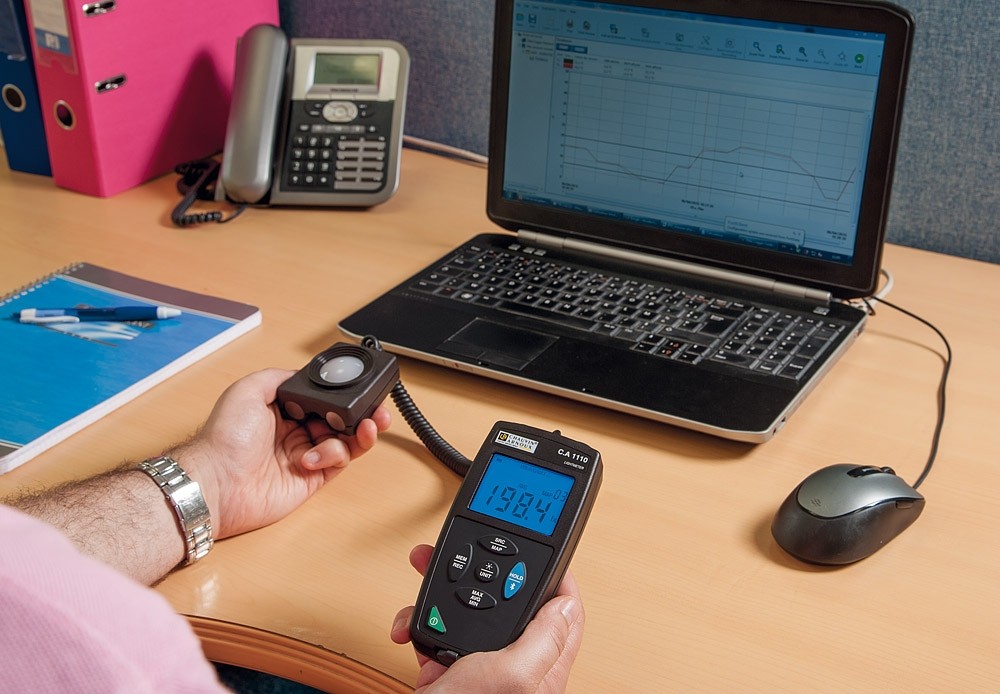
فرصتهای شبکههای برق هوشمند
کاهش هزینهها
شرح: بهینهسازی مصرف انرژی و کاهش تلفات میتواند منجر به کاهش هزینهها در بلندمدت شود.
زیرمجموعهها:
کاهش تلفات انرژی: استفاده بهینه از منابع.
مدیریت بهینه بار: جلوگیری از بار اضافی و کاهش هزینههای تعمیر.
تحلیل هزینه-فایده: ارزیابی اقتصادی پروژهها.
نمونه موردی: پروژههای Smart Grid در آلمان که منجر به کاهش هزینههای انرژی مصرفی شدند.
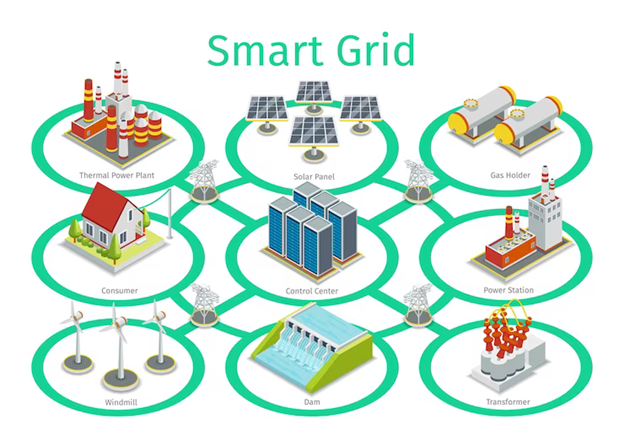
افزایش قابلیت اطمینان
شرح: توانایی شناسایی و رفع عیوب بهصورت خودکار میتواند منجر به افزایش قابلیت اطمینان شبکه شود.
زیرمجموعهها:
تشخیص خودکار عیوب: استفاده از سنسورها برای شناسایی سریع مشکلات.
استراتژیهای ترمیم: برنامهریزی برای ترمیم سریع شبکه.
پیشبینی خرابی: استفاده از دادههای تاریخی برای پیشبینی مشکلات.
نمونه موردی: سیستمهای خودکار در شبکههای برق ایالات متحده که قابلیت شناسایی و رفع عیوب را دارند.
انرژیهای تجدیدپذیر
شرح: تسهیل ادغام منابع انرژی تجدیدپذیر مانند خورشیدی و بادی به شبکه، به توسعه پایدار کمک میکند.
زیرمجموعهها:
مشارکت در تولید: امکان تولید برق توسط مصرفکنندگان.
مدیریت منابع تجدیدپذیر: نیاز به نرمافزارهای مدیریت برای ادغام منابع.
زیرساختهای ذخیرهسازی: نیاز به سیستمهای ذخیرهسازی انرژی.
نمونه موردی: پروژههای انرژی خورشیدی در استرالیا که به شبکههای برق هوشمند متصل شدهاند.
مدیریت بار
شرح: امکان مدیریت بار بهصورت بهینه و کاهش اوج بار میتواند به بهبود عملکرد شبکه کمک کند.
زیرمجموعهها:
استفاده از سیستمهای خودکار: برنامهریزی برای کاهش بار در زمانهای اوج.
برنامهریزی تقاضا: تشویق مصرفکنندگان به کاهش مصرف در زمانهای خاص.
پیشبینی بار: استفاده از الگوریتمها برای پیشبینی تغییرات بار.
نمونه موردی: برنامههای مدیریت تقاضا در کالیفرنیا که به کاهش بار الکتریکی کمک کردهاند.
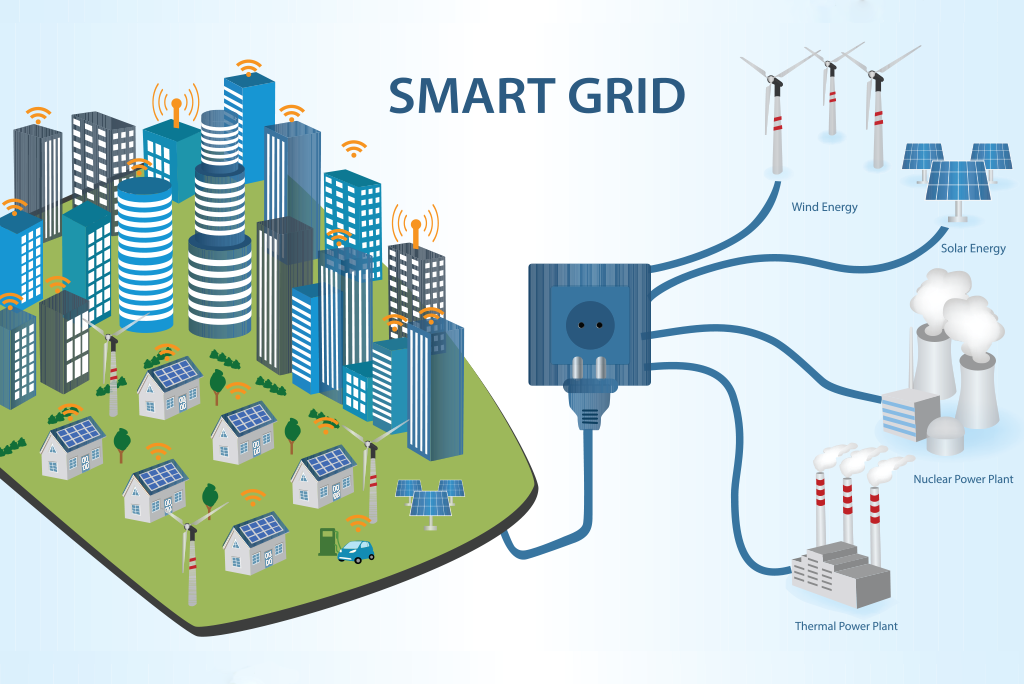
نوآوری و اشتغالزایی
شرح: توسعه فناوریهای جدید و راهکارهای نوآورانه میتواند به ایجاد اشتغال و رشد اقتصادی کمک کند.
زیرمجموعهها:
فرصتهای شغلی جدید: نیاز به نیروی انسانی متخصص در فناوریهای نوین.
تحقیق و توسعه: سرمایهگذاری در پروژههای تحقیقاتی.
همکاریهای بینالمللی: تبادل فناوری و دانش.
نمونه موردی: ایجاد مشاغل جدید در زمینه فناوریهای هوشمند در کشورهای اروپایی.
مشاهده محصول:
ترموستات هوشمند ONTECH
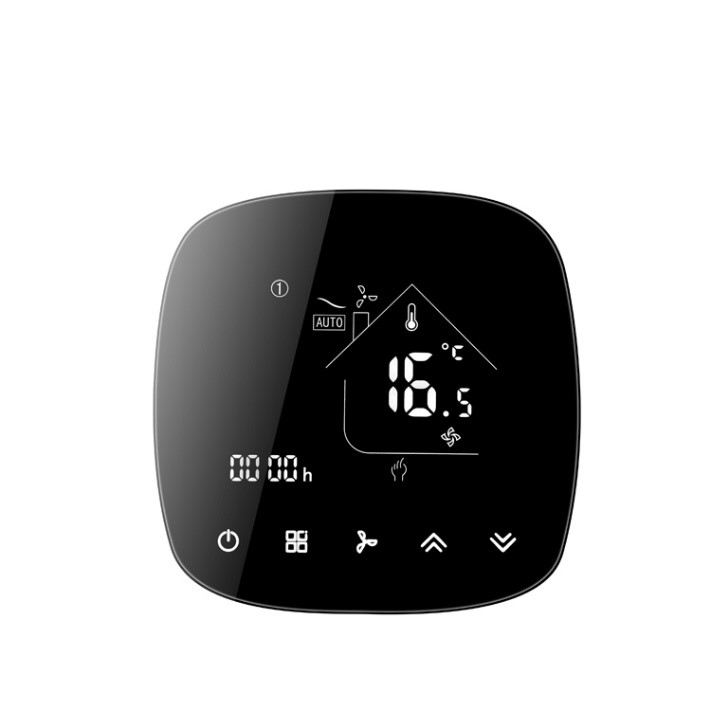
تجهیزات مورد نیاز در شبکههای برق هوشمند
سنسورها و دستگاههای اندازهگیری
شرح: سنسورها برای جمعآوری دادههای مربوط به بار، ولتاژ و کیفیت برق استفاده میشوند.
برندها:
Siemens: تولیدکننده سنسورهای هوشمند برای جمعآوری داده.
Schneider Electric: ارائهدهنده تجهیزات اندازهگیری و کنترل.
سیستمهای مدیریت انرژی
شرح: نرمافزارهایی که برای تحلیل و مدیریت دادههای شبکه استفاده میشوند.
برندها:
ABB: نرمافزارهای مدیریت انرژی و اتوماسیون.
GE Digital: ارائهدهنده راهکارهای دیجیتال برای مدیریت شبکه.
تجهیزات ذخیرهسازی انرژی
شرح: سیستمهایی که انرژی تولیدی را ذخیره و در زمان نیاز عرضه میکنند.
برندها:
Tesla: باتریهای Powerwall برای ذخیرهسازی انرژی خانگی.
LG Chem: تولیدکننده باتریهای ذخیرهسازی انرژی.
سیستمهای ارتباطی
شرح: تجهیزات و فناوریهای ارتباطی برای انتقال دادهها بین اجزای شبکه.
برندها:
Cisco: ارائهدهنده راهکارهای ارتباطی برای شبکههای هوشمند.
Huawei: تجهیزات ارتباطی برای شبکههای برق هوشمند.
تجهیزات حفاظت و کنترل
- شرح: دستگاههایی که برای حفاظت از تجهیزات و مدیریت بار استفاده میشوند.
برندها:
Eaton: ارائهدهنده تجهیزات حفاظت و کنترل.
Mitsubishi Electric: تولیدکننده تجهیزات اتوماسیون و کنترل.
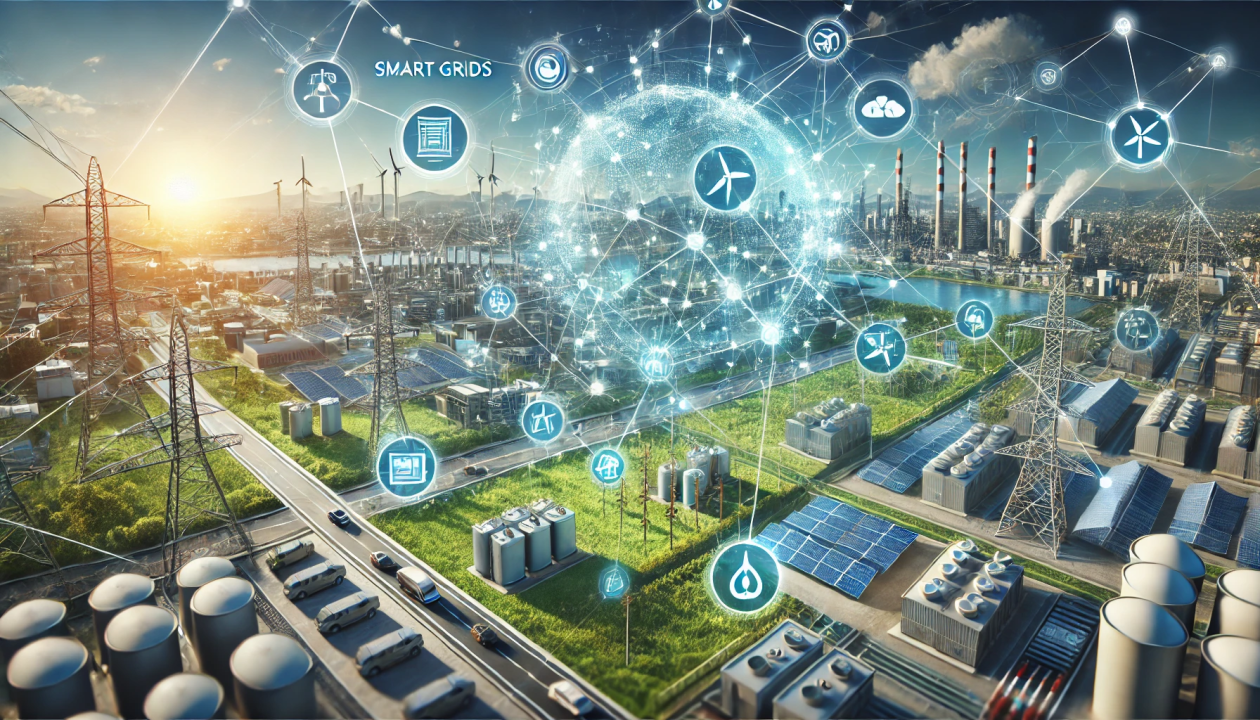
نتیجهگیری
شبکههای برق هوشمند با وجود چالشهای موجود، فرصتهای زیادی برای بهبود کارایی و پایداری سیستمهای انرژی فراهم میآورند. سرمایهگذاری در این حوزه و تحقیق بر روی راهکارهای نوین میتواند به پاسخگویی به نیازهای آینده کمک کند.
Challenges and Opportunities of Smart Grids
Abstract
Smart grids are introduced as an innovative solution for improving efficiency, reducing costs, and increasing reliability in electricity distribution and transmission systems. This article examines the challenges and opportunities in this field and presents possible solutions to enhance the performance of these networks.
Introduction
Smart grids, as advanced infrastructure, provide the capability for monitoring, controlling, and optimizing energy resources. This article explores the challenges and opportunities of these networks and analyzes their role in sustainable energy development.
Smart Grids: Definition and Features
Smart grids are systems that use digital and communication technologies to collect and analyze data. Their main features include:
Bidirectional Energy Management: The ability to communicate between consumers and producers of electricity.
Monitoring and Control Capabilities: Employing advanced sensors and software for network status monitoring.
Flexibility: The ability to respond to changes in load and energy production.
Challenges of Smart Grids
Cybersecurity
Description: Increasing access points to the network heightens the risk of cyberattacks.
Subcategories:
DDoS Attacks: Distributed attacks to disrupt services.
Infiltration of Control Systems: Threats to SCADA systems and control equipment.
Data Protection: The need for encryption and security protocols.
Case Study: The 2015 cyberattack on Ukraine's power grid that led to widespread outages.
High Costs
Description: The initial investment required for implementing smart grids is significantly high.
Subcategories:
Infrastructure Costs: The need for modernization and upgrading of equipment.
Information Technology Costs: Investments in new software and hardware.
Training Costs: The need for workforce training.
Case Study: The Smart Grid project in California, which required multi-billion dollar investments.
Data Management
Description: The large volume of data generated requires advanced data management systems.
Subcategories:
Big Data Analysis: Using complex algorithms for data processing.
Privacy Protection: Challenges related to consumer data.
Data Storage: The need for storage equipment and software.
Case Study: The use of Big Data technology in smart grids in major cities like New York.
Integration
Description: Integrating new technologies with old infrastructure can be challenging.
Subcategories:
Equipment Compatibility: Issues with compatibility between old and new equipment.
Infrastructure Development: The need for careful planning for upgrades.
Training and Acceptance: Resistance from personnel to changes.
Case Study: Integration projects in Europe that faced significant challenges in upgrading infrastructure.
Regulations and Policies
Description: The lack of clear regulations and standards can hinder the development and adoption of smart grids.
Subcategories:
Lack of Coordination Among Agencies: Challenges related to coordination among different organizations.
Unstable Regulations: Frequent changes in laws can reduce predictability.
Environmental Regulations: The need to comply with environmental standards.
Case Study: Legal disputes in renewable energy projects in the United States.
Opportunities in Smart Grids
Cost Reduction
Description: Optimizing energy consumption and reducing losses can lead to long-term cost savings.
Subcategories:
Reducing Energy Losses: Optimal use of resources.
Optimizing Load Management: Preventing excess load and reducing repair costs.
Cost-Benefit Analysis: Economic evaluation of projects.
Case Study: Smart Grid projects in Germany that resulted in reduced energy costs.
Increased Reliability
Description: The ability to automatically detect and resolve faults can enhance the reliability of the network.
Subcategories:
Automatic Fault Detection: Using sensors for rapid problem identification.
Restoration Strategies: Planning for rapid network recovery.
Failure Prediction: Using historical data to predict issues.
Case Study: Automated systems in the electricity network of the United States that can detect and resolve faults.
Renewable Energies
Description: Facilitating the integration of renewable energy sources such as solar and wind into the grid contributes to sustainable development.
Subcategories:
Participatory Generation: Enabling consumers to generate electricity.
Renewable Resource Management: The need for management software for integration.
Energy Storage Infrastructure: The need for energy storage systems.
Case Study: Solar energy projects in Australia connected to smart grids.
Load Management
Description: The ability to manage loads optimally and reduce peak loads can improve network performance.
Subcategories:
Use of Automated Systems: Planning for load reduction during peak times.
Demand Planning: Encouraging consumers to reduce consumption during specific times.
Load Forecasting: Using algorithms to predict load changes.
Case Study: Demand response programs in California that have helped reduce electrical load.
Innovation and Job Creation
Description: The development of new technologies and innovative solutions can contribute to job creation and economic growth.
Subcategories:
New Job Opportunities: The demand for skilled labor in new technologies.
Research and Development: Investment in research projects.
International Collaboration: Exchange of technology and knowledge.
Case Study: Creation of new jobs in smart technology sectors in European countries.
Required Equipment in Smart Grids
Sensors and Measurement Devices
Description: Sensors are used to collect data on load, voltage, and power quality.
Brands:
Siemens: Manufacturer of smart sensors for data collection.
Schneider Electric: Provider of measurement and control equipment.
Energy Management Systems
Description: Software used for analyzing and managing network data.
Brands:
ABB: Energy management and automation software.
GE Digital: Provider of digital solutions for network management.
Energy Storage Systems
Description: Systems that store generated energy for supply during demand.
Brands:
Tesla: Powerwall batteries for home energy storage.
LG Chem: Manufacturer of energy storage batteries.
Communication Systems
Description: Equipment and communication technologies for data transmission between network components.
Brands:
Cisco: Provider of communication solutions for smart grids.
Huawei: Communication equipment for smart power networks.
Protection and Control Equipment
Description: Devices used for protecting equipment and managing loads.
Brands:
Eaton: Provider of protection and control equipment.
Mitsubishi Electric: Manufacturer of automation and control equipment.
Conclusion
Smart grids, despite existing challenges, present numerous opportunities for improving the efficiency and sustainability of energy systems. Investment in this area and research on innovative solutions can help meet future demands.
References
[1] Momoh, J. A. (2012). Smart Grid: Fundamentals of Design and Analysis. Wiley-IEEE Press.
[2] International Energy Agency (IEA). (2020). World Energy Outlook 2020.
[3] U.S. Department of Energy. (2010). Smart Grid System Report.


